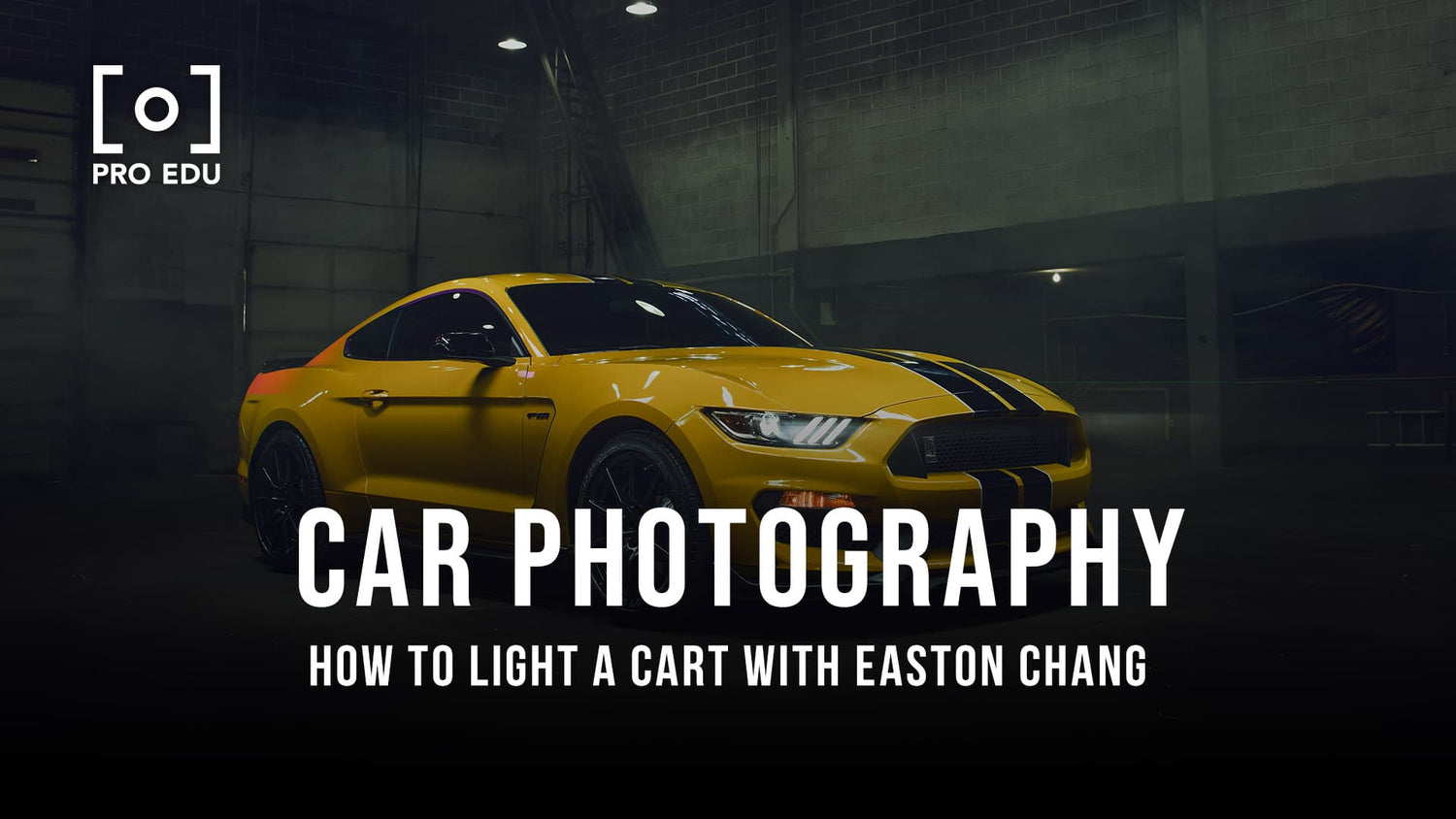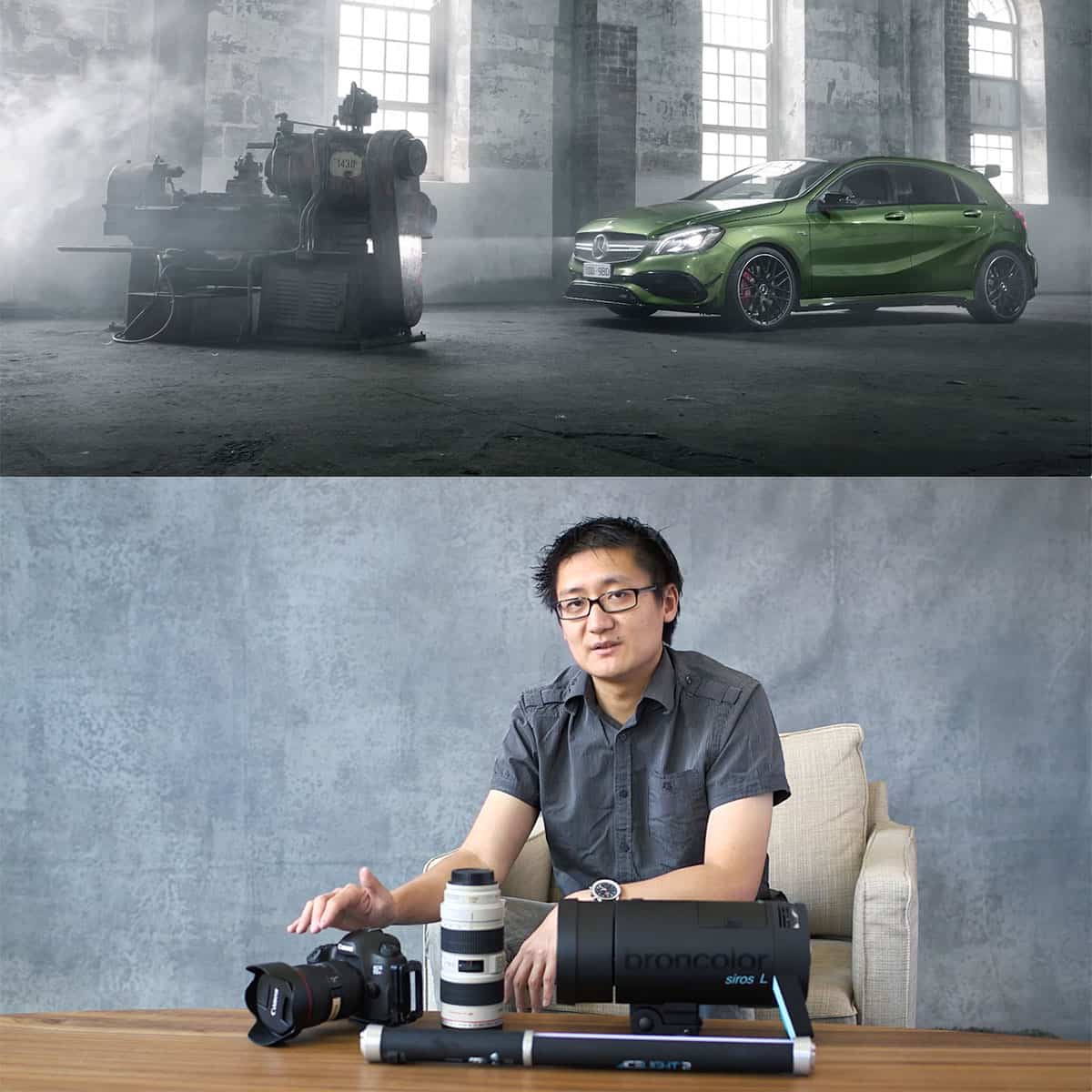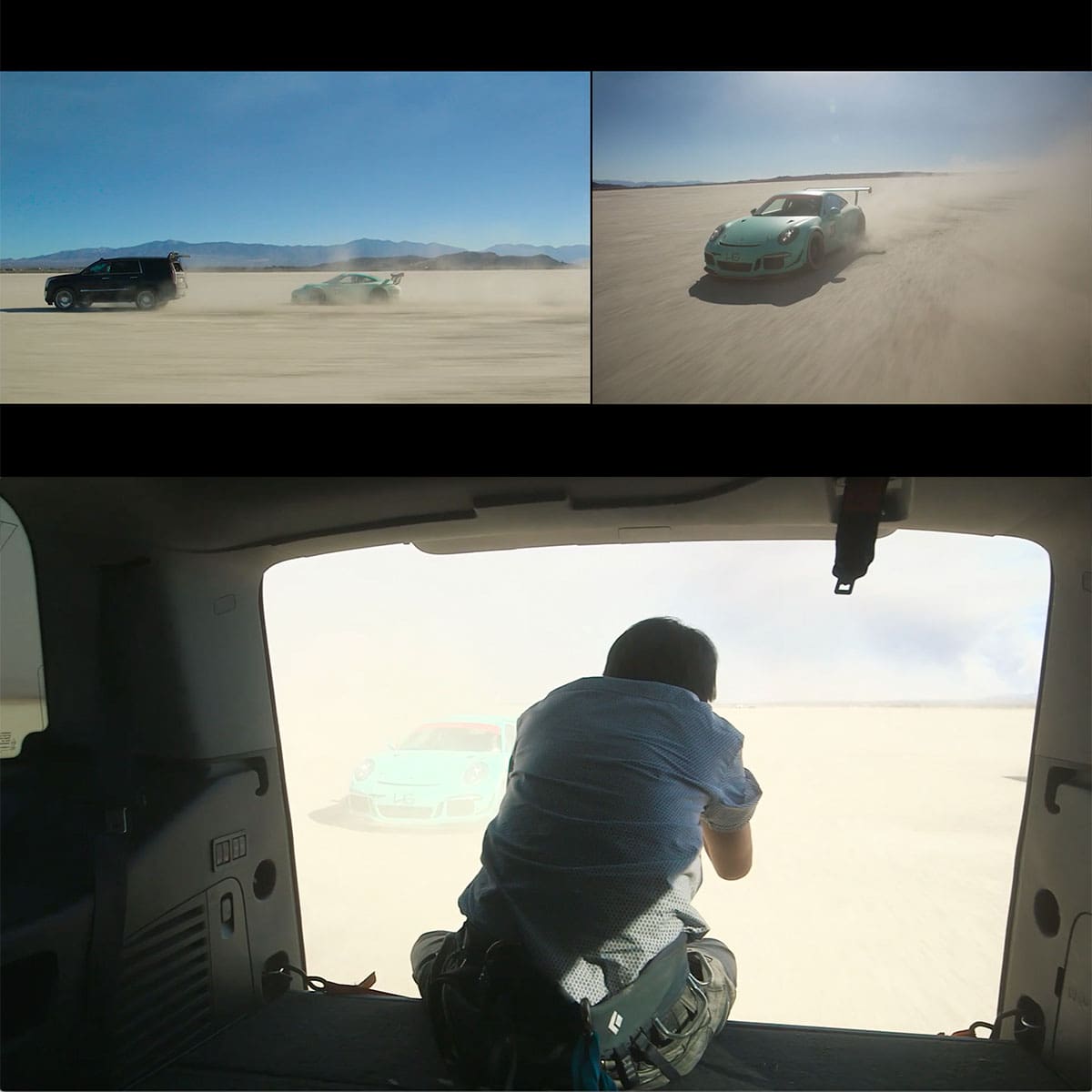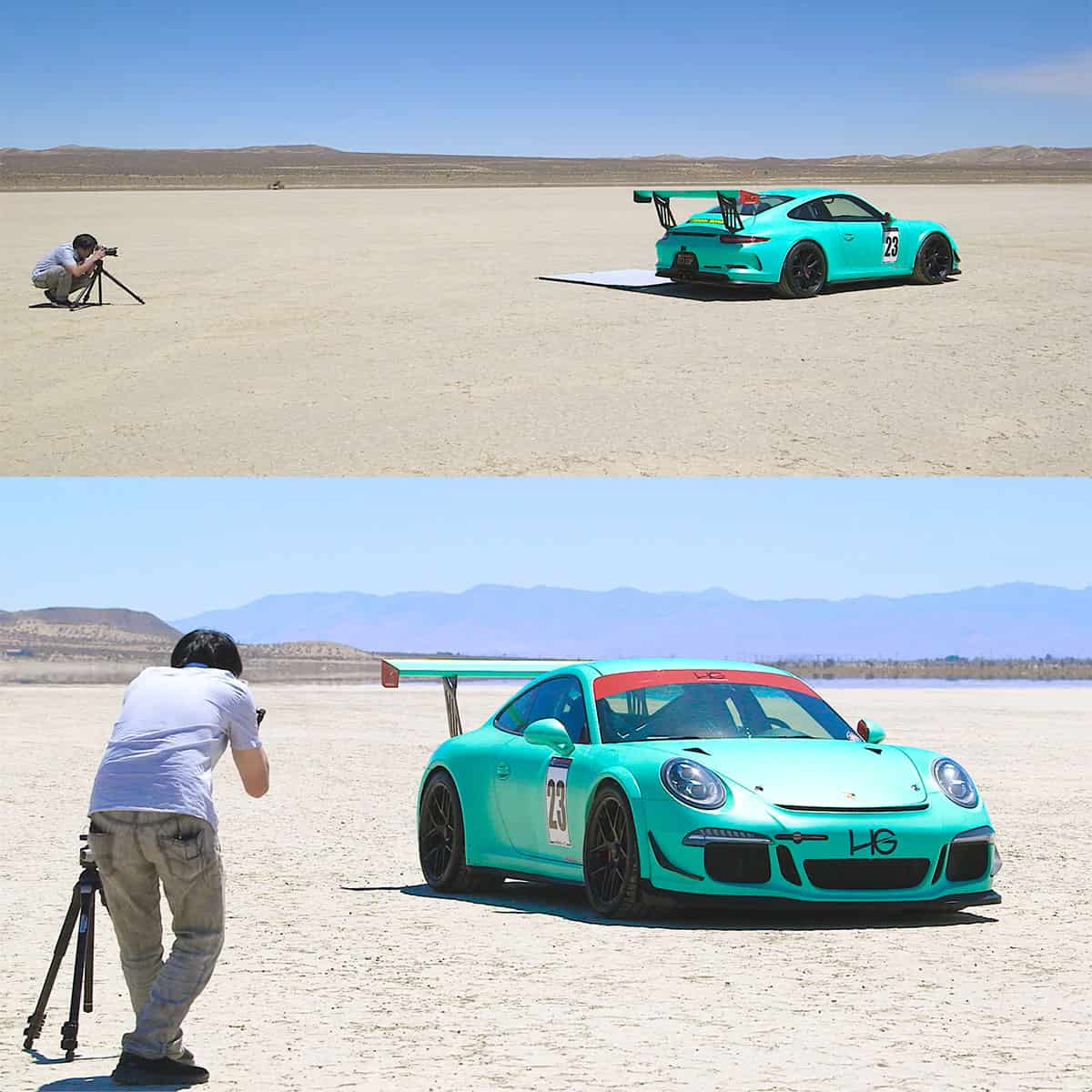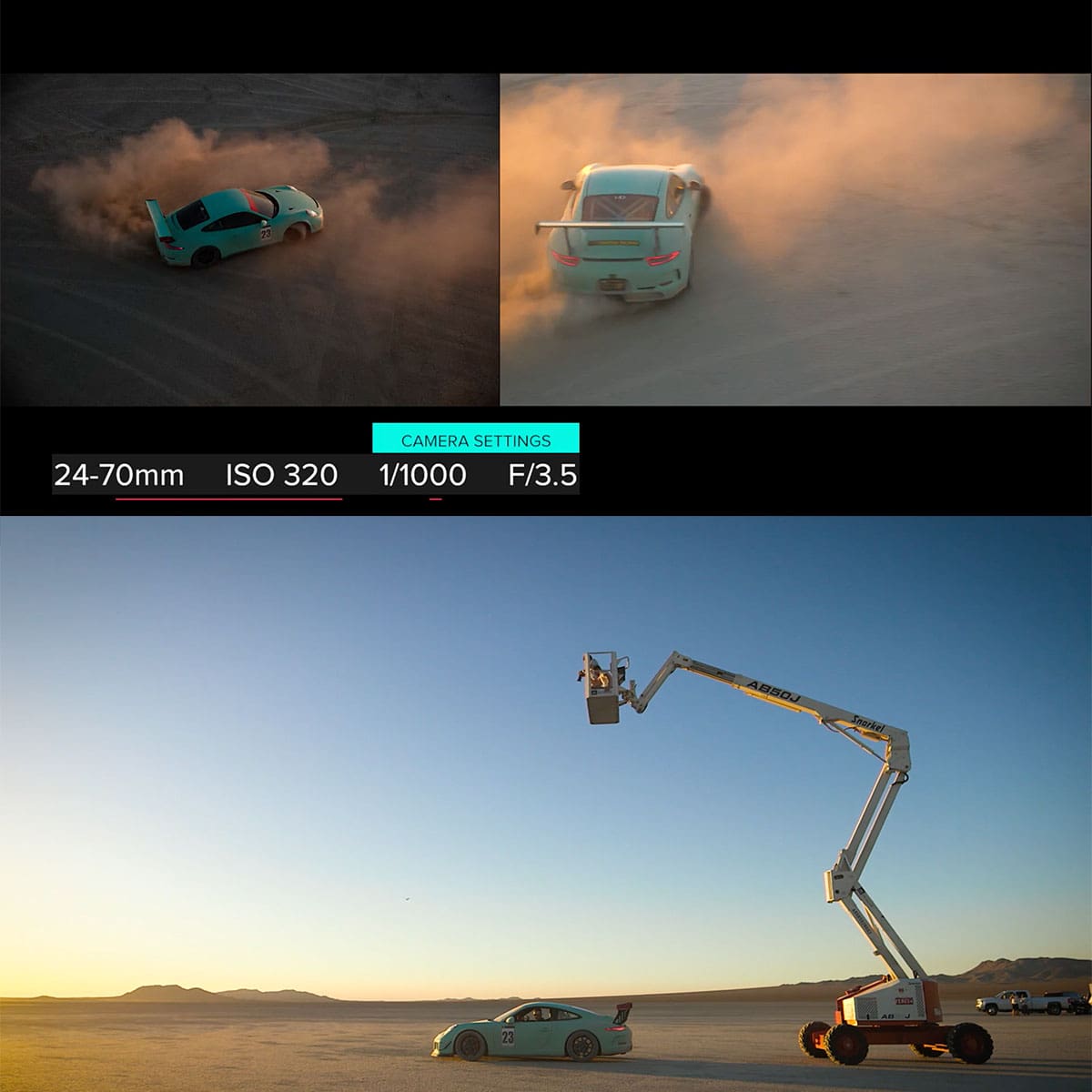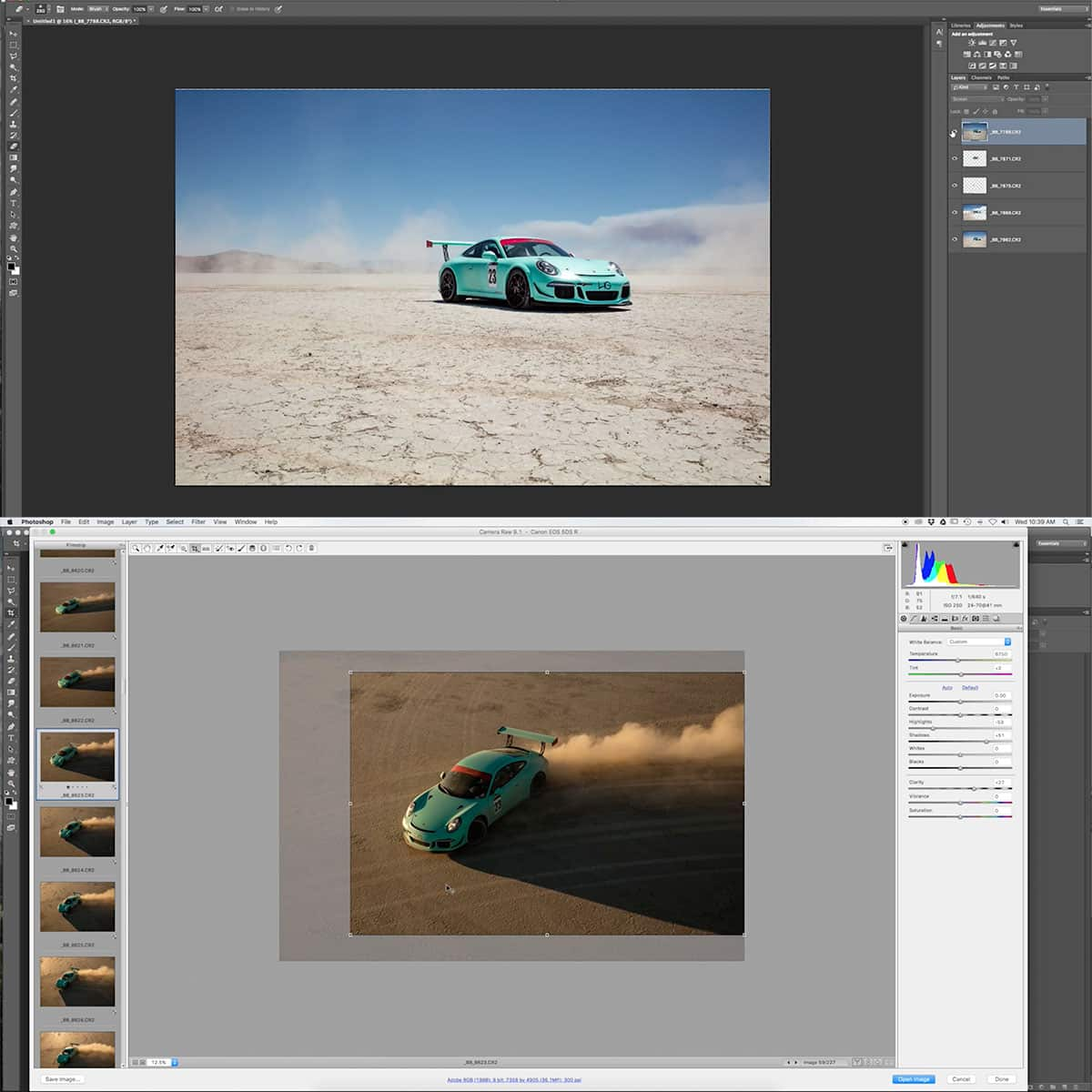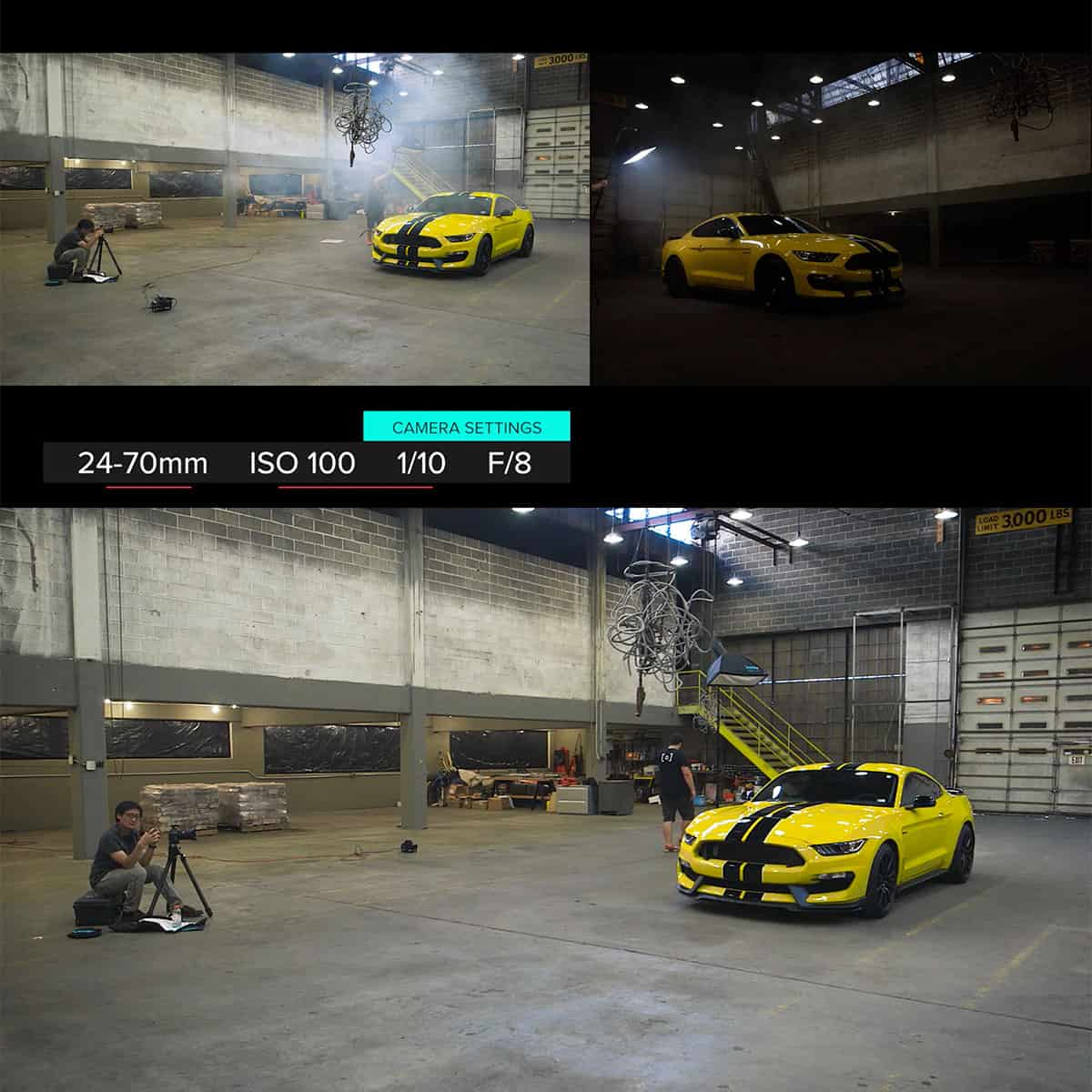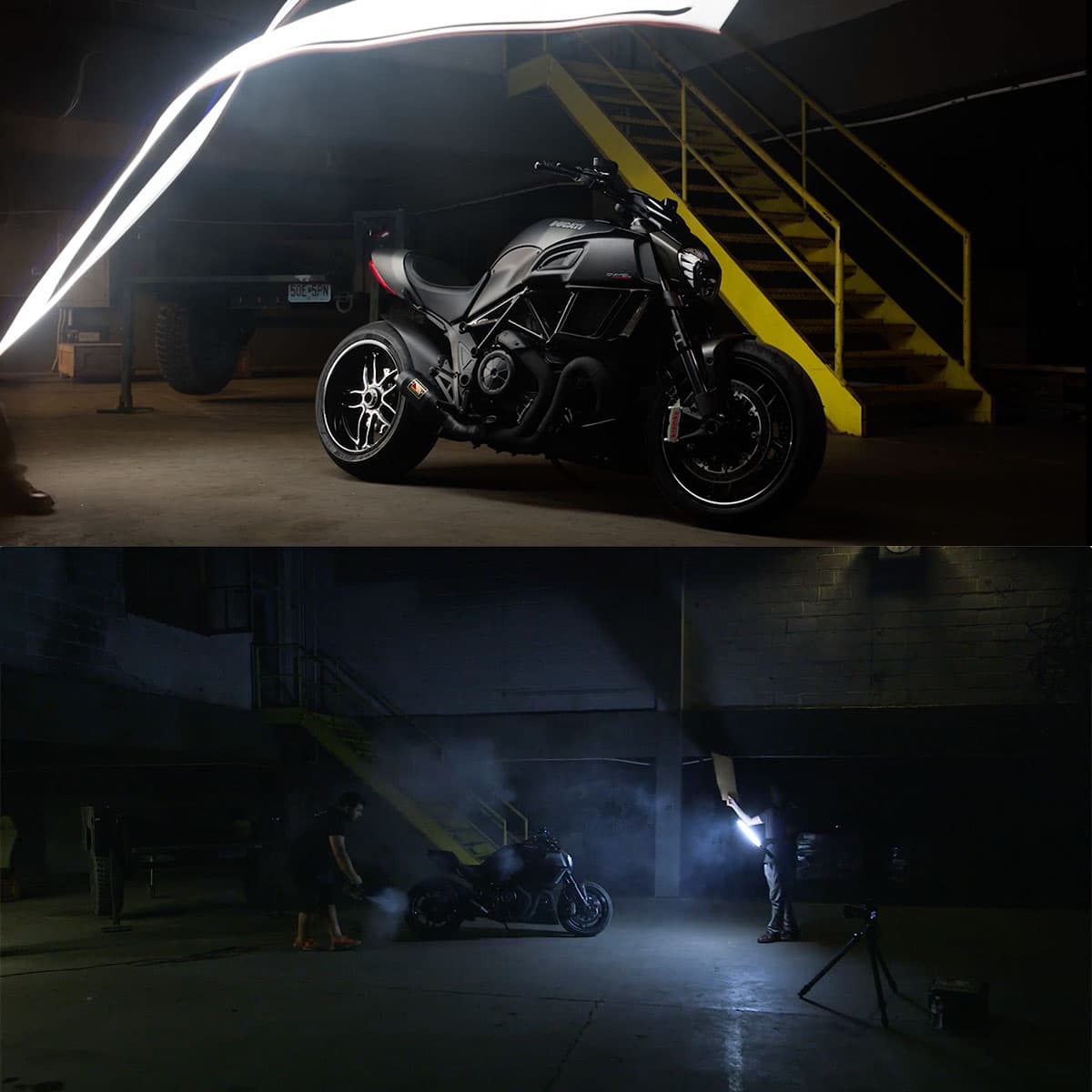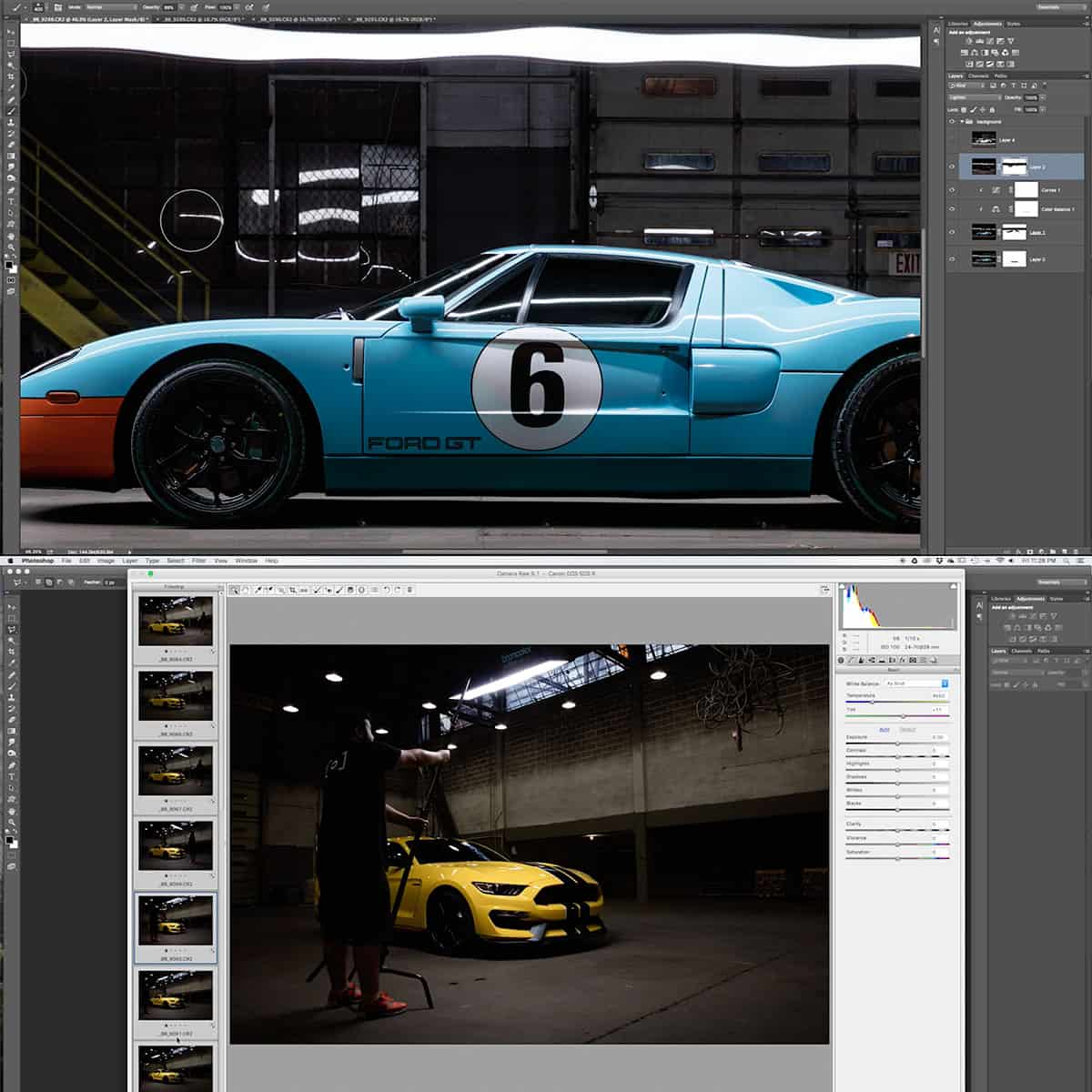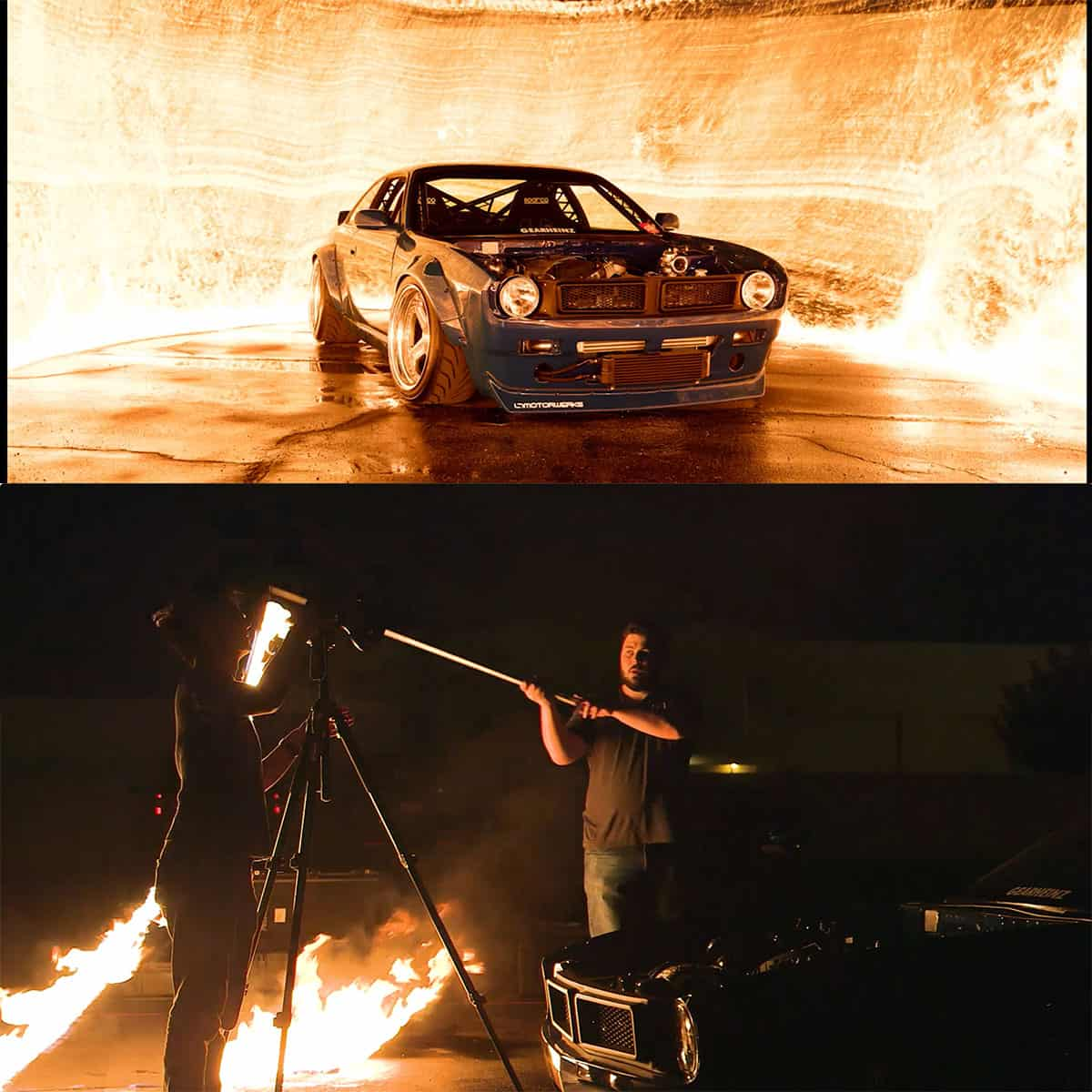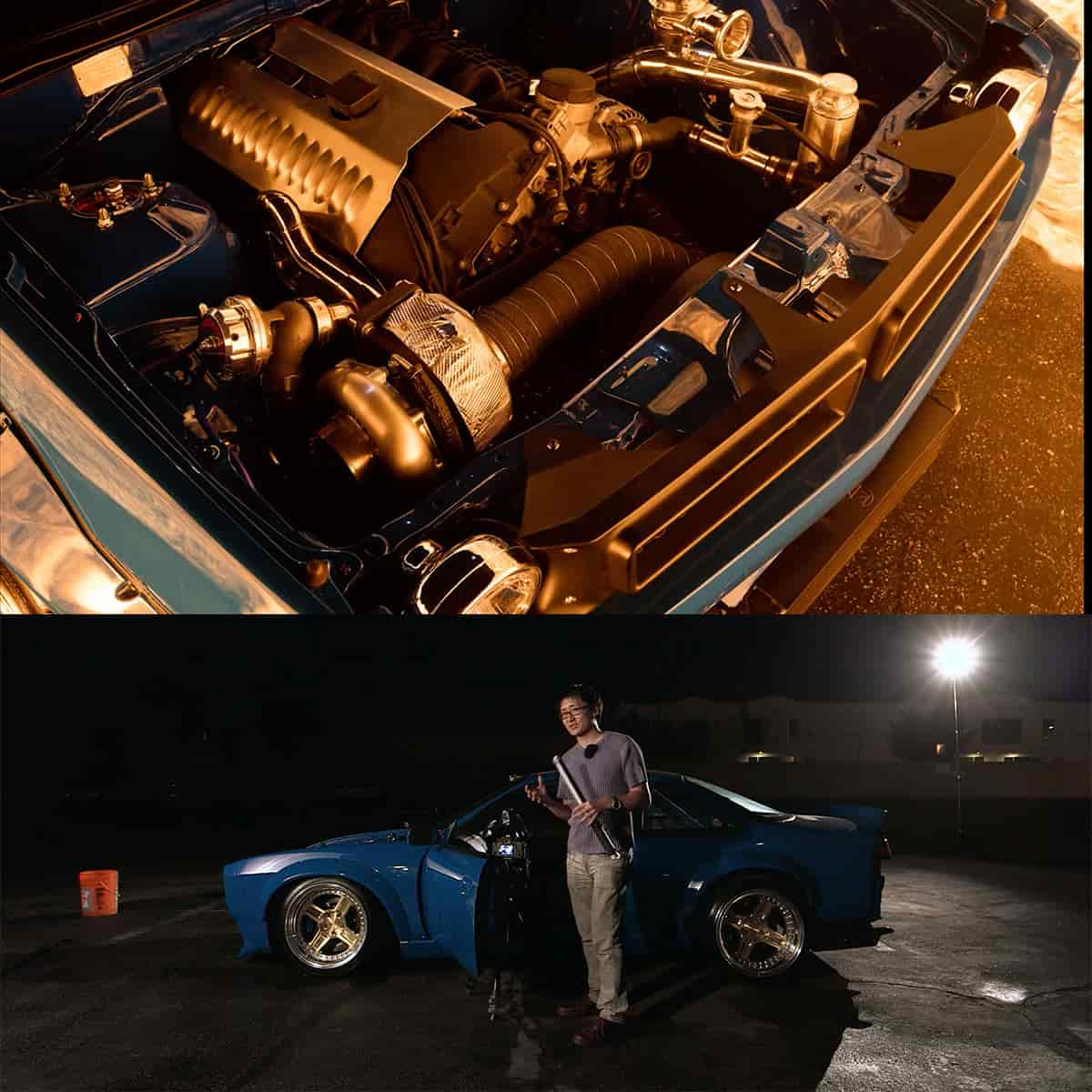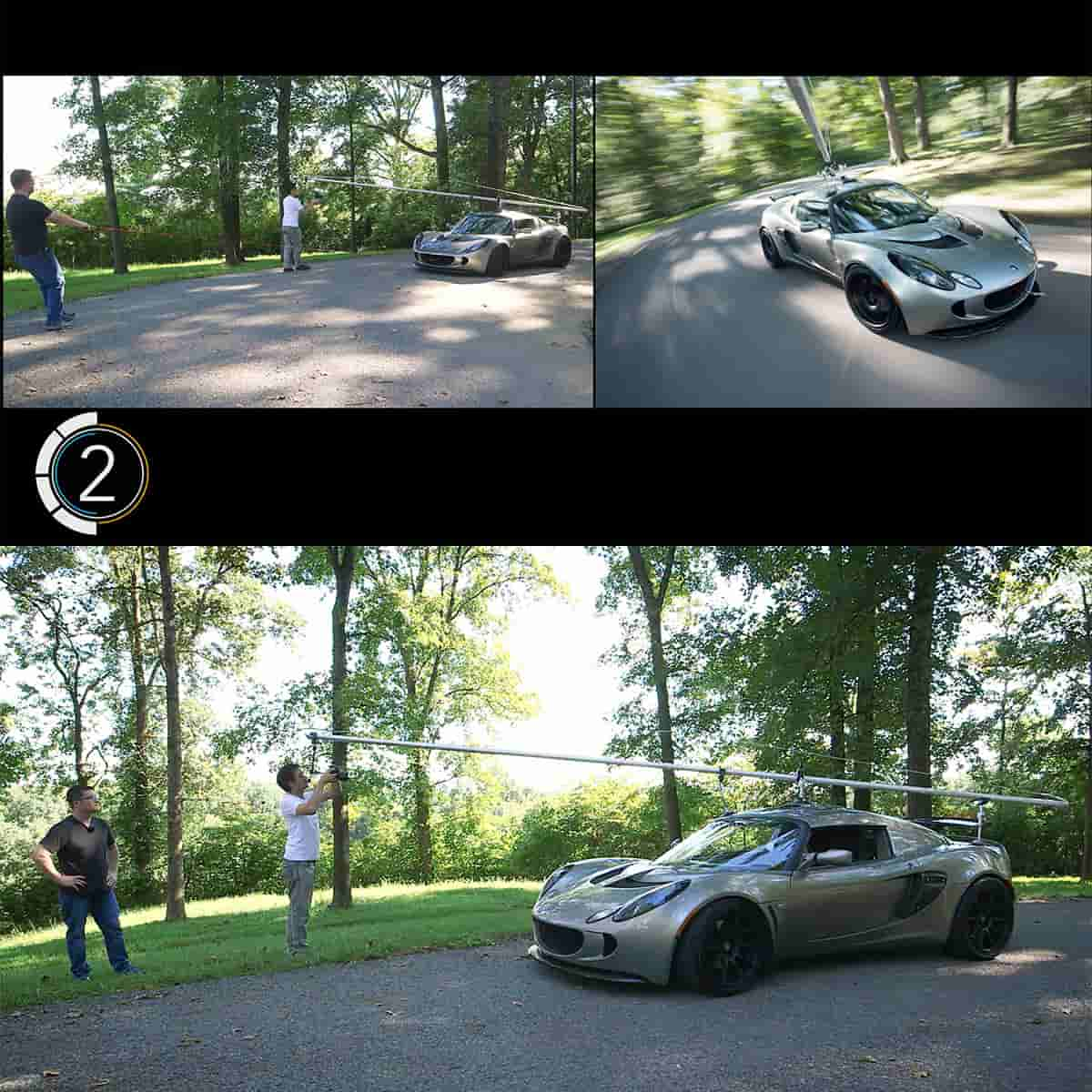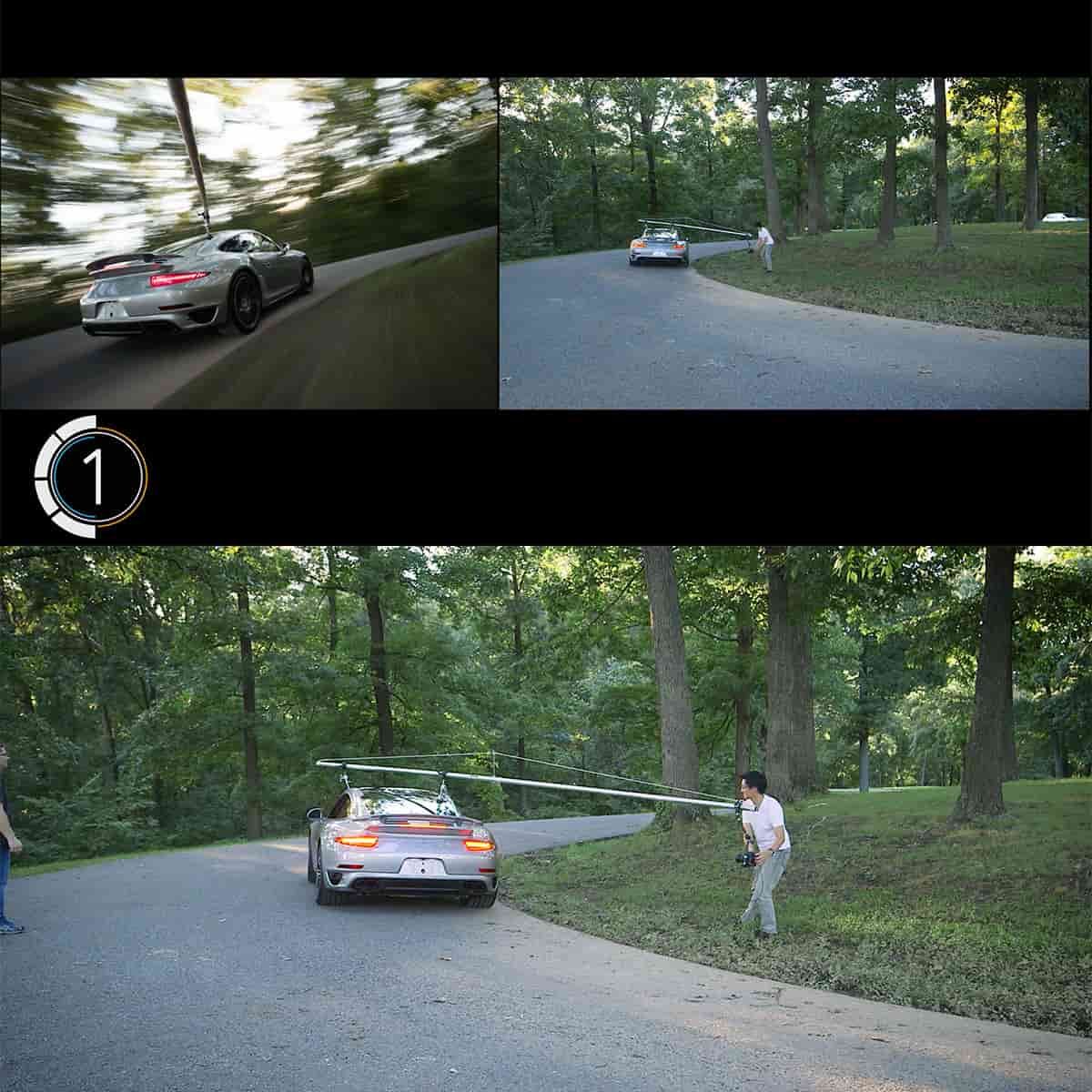Are you passionate about cars and photography? Becoming a car photographer can be a fulfilling career that merges these two interests. To excel in car photography, you need to master both photography basics and specialized techniques. This includes understanding camera settings, lighting intricacies, and composition methods that highlight a vehicle's beauty and power.
Building a robust professional portfolio is essential. It showcases your best work and helps potential clients or employers see your capabilities. By demonstrating versatility in capturing stunning car images, you'll attract more opportunities. Additionally, having the right gear and preparation will set you up for success in capturing high-quality automotive images.
Finally, launching your car photography business involves networking with car enthusiasts, manufacturers, and other photographers. Engaging with communities can lead to new opportunities, helping you grow your career in car photography.
Key Takeaways
- Master photography basics and specialized car photography techniques.
- Build a versatile and professional portfolio.
- Network within the car enthusiast community to grow your business.
1 lesson from Commercial Car Photography with Easton Chang. Enroll in this professional course here.
Importance of Light Painting in Car Photography
Light painting is crucial when photographing cars. Each vehicle presents unique challenges based on its shape, color, and year of manufacture, making a tailored lighting approach essential. By customizing the light setup, we can bring out the car's best features, whether it's a classic muscle car or a high-performance supercar.
We use different light sources like flash photography, constant lights, and strobes to achieve this. For example, the ice light and the modeling light of our BronColor Siros strobe help us control the highlights and shadows, emphasizing the car's lines and contours. This technique not only highlights the vehicle's aggressive lines but also ensures the final image looks natural and cohesive.
To illustrate, let's consider our session with the 2016 Shelby GT350. We adopted a high-angle lighting approach to accentuate its bold design. This setup mimicked natural light, creating well-defined shadows and maintaining a consistent look from front to back. This method also helped integrate the car seamlessly into the background.
Throughout the process, we pay close attention to minimizing reflections, especially with glossy vehicles. Using tools like a strip softbox, we control the light precisely, section by section, ensuring each part of the car is illuminated without unwanted glare.
Effective light painting also involves considering the surrounding environment. By balancing the flash with ambient light, we avoid an over-processed look. For instance, while lighting the Shelby GT350, we kept some natural light on the car's upper surfaces, blending it with the scene's ambient light. This approach ensures the car remains part of its setting rather than appearing as a cutout.
These techniques extend beyond cars. We apply similar principles when photographing other products like motorbikes, adjusting the light to highlight their unique features and textures. This adaptability demonstrates light painting's versatility and foundational importance in creating compelling automotive photography.
Understanding Photography Basics
To excel in car photography, we need to grasp the fundamentals of photography. This includes selecting the right camera, mastering lighting, and applying composition techniques.
Camera Types and Choices
When it comes to choosing a camera, we can opt for a DSLR or a mirrorless camera. DSLRs are known for their durability and extensive lens selection, making them popular for capturing high-quality images. Mirrorless cameras, on the other hand, offer the advantage of being more lightweight and compact while providing excellent image quality and faster autofocus.
Additionally, it's important to understand the various settings like aperture, shutter speed, and ISO. A wide aperture (lower f-number) creates a shallow depth of field, ideal for isolating the car from the background. Adjusting the shutter speed can help capture motion, making it crucial for photographing moving cars.
Understanding Lighting
Lighting plays a pivotal role in car photography. Natural light is often the best option, preferably during the golden hours (just after sunrise and before sunset), as it creates a soft and flattering light. Meanwhile, artificial light sources like LED panels or flash units can be used to highlight specific parts of the car or to shoot in low-light conditions.
We should always pay attention to the direction and quality of light. Front lighting reveals all details but can make the image appear flat. Side lighting emphasizes texture and shape, which is great for highlighting the car's contours. Backlighting can create dramatic silhouettes and is useful for more artistic shots.
Composition Principles
Composition is about arranging elements in the frame to create a visually appealing image. To capture stunning car images, it’s essential to know the classic angles, such as eye-level shots, side views, and 45-degree corner views.
Using the rule of thirds can help balance the image by placing the car off-center. Leading lines, such as roads or fences, can guide the viewer’s eye towards the car. It’s also important to manage the background, ensuring it doesn’t distract from the main subject. In night car photography, de-emphasizing the background using a wide aperture and fast shutter speed can keep the focus on the car.
For more in-depth tips, refer to car photography tips to refine your skills and capture breathtaking images.
Mastering Car Photography Techniques
To master car photography, we must focus on various essential techniques, including how to capture motion, the art of shooting at car shows, effectively photographing car interiors, and unique methods like light painting for night photography.
Panning and Motion
Panning is a vital technique for showcasing car movement. It involves moving the camera in sync with the car's motion at a slow shutter speed to create a dynamic effect. This results in sharp images of the vehicle against a blurred background, emphasizing speed.
To achieve this, we set our camera to a slower shutter speed, typically between 1/30 to 1/60 seconds. A steady hand or a tripod helps maintain focus on the car while blurring the background. Practice and timing are crucial for perfection.
Shooting at Car Shows
Car shows present a unique challenge due to crowded backgrounds and reflections. We navigate these challenges by carefully choosing our angles and timing our shots to avoid unwanted elements. Early morning or late afternoon light is ideal for minimizing harsh reflections.
Using a polarizing filter can also help reduce glare and enhance colors. Additionally, focusing on specific parts or features of the vehicles instead of wide shots can lead to more impactful images. Patience and attention to detail are key.
Capturing Car Interiors
Photographing interiors requires attention to detail and lighting. Natural light through open windows often provides the best illumination. We avoid harsh sunlight, which can create unflattering shadows and highlights.
For low-light conditions, using a tripod helps maintain the sharpness at slower shutter speeds. Experimenting with different angles, like shooting from the backseat, can capture the overall feel of the interior. Highlighting unique features such as the dashboard, seats, and controls adds depth to the images.
Light Painting and Night Photography
Light painting is an advanced technique perfect for night shoots. It involves using a prolonged shutter speed and a light source to "paint" light onto the car, resulting in dramatic and artistic images. We set up our camera on a tripod to ensure stability during the long exposure.
Using a low ISO setting and adjusting the aperture based on ambient light helps control the exposure. We move a continuous light source, such as a flashlight, around the car to highlight contours and details. This method requires practice but offers striking and professional results.
For more advanced techniques, Easton Chang offers extensive insights into commercial car photography and retouching. His tutorials delve into creating compelling car images at a professional level. By mastering these techniques, we will significantly elevate our car photography skills.
Building a Professional Portfolio
Creating a professional car photography portfolio involves carefully selecting your best work, leveraging online platforms and social media, and engaging in effective networking to attract clients.
Selecting Your Best Work
First, we must scrutinize our existing collection of car photos. We should prioritize images that showcase our technical skills and creativity. High-quality DSLR or mirrorless cameras are essential for capturing sharp details.
Editing plays a vital role; we should ensure that colors are true to life, and any distracting elements are minimized. We must also be mindful of consistency in style, which reflects our unique photographic perspective. Before-and-after comparisons can help illustrate our editing prowess.
An organized portfolio makes it easier for clients to see our capabilities. Grouping photos by themes, such as vintage cars, sports cars, or luxury vehicles, can help create a focused presentation.
Online Presence and Social Media
Having a strong online presence is imperative. We should start by creating a professional photography website that is easy to navigate. This site should feature our portfolio, contact information, and a blog where we can share photography tips and recent projects.
Social media platforms like Instagram, Facebook, and Pinterest are also crucial. Regularly posting our top shots and engaging with car enthusiasts and potential clients can significantly increase our visibility. Hashtags and geotags help in reaching a broader audience.
Utilizing social media stories and live sessions can offer viewers a behind-the-scenes look at our work, humanizing our brand. This multi-channel engagement fosters a stronger connection with followers, turning them into potential clients.
Networking and Client Building
Building a network is crucial for any professional car photographer. Attending car shows, photography meetups, and industry events provides excellent opportunities for networking. Bringing business cards to these events ensures we can leave a lasting impression.
Forming relationships with car dealers, auto magazines, and automotive brands can lead to lucrative commissions. We should also consider joining online communities and forums dedicated to car photography to share our work and gain insights.
Following up with past clients for feedback and referrals helps maintain professional relationships. Consistency in our work and professionalism in our interactions prove invaluable. As our network grows, so will our portfolio and reputation.
Preparation and Gear
In car photography, selecting the right equipment, choosing optimal locations and timing, and preparing the car are crucial steps to capture stunning images.
Choosing the Right Gear
Our camera bag should include a mix of reliable, versatile gear. A DSLR or mirrorless camera with a wide dynamic range is essential. When it comes to lenses, a wide-angle lens is ideal for capturing the entire vehicle and its surroundings. For detailed shots, a telephoto lens helps highlight specific features like wheels, mirrors, or exhausts.
- We should always carry a tripod to keep the camera steady during long exposure shots, crucial during low-light conditions.
- Additional accessories like a polarizing filter can reduce glare and reflections on the car's surface.
We don't necessarily need the most expensive equipment, but reliable gear that suits our style and needs is a priority.
Location and Timing
Scouting the right location is vital. Urban settings, scenic landscapes, or industrial backgrounds each offer unique aesthetics. We should always consider the make, model, and color of the car when selecting a background that complements or contrasts effectively.
- Golden hour (shortly after sunrise or before sunset) provides soft, diffused light that minimizes harsh shadows and highlights the car's details.
- Parking lots, open roads, or natural settings can all provide compelling backdrops for our shoots.
We must also be mindful of the weather, as it impacts the lighting and reflections on the car surface. Cloudy days provide even, soft lighting, while clear skies offer bright and sharp light.
Car Preparation
Before any shoot, the car must be spotless. Cleaning the car thoroughly, including the wheels and mirrors, ensures it looks its best in the photos. We need to be mindful of the car's make and model, as different vehicles might require different detailing techniques.
- Remove any personal items from the interior to maintain a professional look.
- A quick touch-up during the shoot might be necessary to remove dust or fingerprints.
Small details like tire pressure and shiny rims can make a significant difference in achieving that perfect shot.
For stunning car photos, preparation is key: focusing on the right gear, ideal locations and timing, and meticulous car preparation ensures our work stands out.
Launching a Car Photography Business
Entering the car photography industry requires understanding market demands, honing business acumen, and establishing competitive pricing strategies. We aim to guide you through these steps effectively.
Understanding the Market
It's essential to grasp the dynamics of the car photography industry. Car enthusiasts, dealerships, and commercial clients are the mainstays of demand. Identifying whether car enthusiasts require imagery for personal use or dealerships need high-quality photos for sales can help us tailor our services.
We should also study famous car photographers to understand trends and techniques that attract clients. Staying updated with tech advancements, such as new camera gear or editing software, ensures we remain competitive.
Developing Business Skills
Running a car photography business isn't just about taking great photos; it also requires solid business skills. We must develop effective marketing strategies, including creating eye-catching business cards and a professional website showcasing our portfolio.
Networking with car photography clients at events and car meets provides opportunities to build relationships and secure contracts. Additionally, we should consider the logistics of running a business, such as accounting, taxes, and securing necessary licenses.
Pricing and Making Money
Setting the right prices is critical for profitability. We need to research competitor pricing and understand our costs, including equipment, software, and travel expenses. Offering different packages can help cater to various client needs.
Building strong relationships with dealerships can lead to consistent work. It’s also beneficial to diversify our income streams by exploring commercial photography and selling prints or stock images online. By strategically pricing our services, we can ensure sustainable earnings and growth in our career.
Frequently Asked Questions
In car photography, the right equipment, capturing angles, and career opportunities are crucial. Understanding pricing, earnings, and unique aspects of this genre can guide aspiring professionals.
What equipment is essential for a beginner in car photography?
For beginners, a sturdy DSLR or mirrorless camera is essential. Pair it with a versatile lens such as a 24-70mm for flexibility. A tripod helps in stabilizing shots. Lighting gear, though not always necessary, can enhance photos, especially in low light situations. Remember, basic gear is often sufficient.
What are effective techniques for capturing different car photography angles?
To capture different angles, try shooting from low perspectives to emphasize size and design. High angles can showcase the car in its environment. Experiment with wide shots and close-ups. Panning techniques highlight motion, useful for dynamic shots. Each angle tells a unique story about the vehicle.
How can one start a career in automotive photography?
Starting in automotive photography often begins with a passion for cars and photography. Building a portfolio is critical; attend car events and practice. Networking with industry professionals can open doors. Some photographers, such as those from Furoore, highlight the importance of marketing and proper business registration.
What are the average earnings for a professional car photographer?
Professional car photographers can earn varying amounts depending on experience, clientele, and location. Entry-level photographers might make less initially, but established professionals working with high-profile clients or publications can earn a substantial income. Specialized niches can also impact earning potential.
How should pricing be structured for professional car photoshoots?
Pricing should reflect the time, effort, and resources involved. We suggest considering factors such as location, post-processing time, and client usage rights for the images. Some photographers charge by the hour, while others offer package deals. Pricing should be clear and transparent to avoid misunderstandings.
What distinguishes car photography from other types of photography?
Car photography focuses on capturing the essence and design of vehicles. Unlike portrait or landscape photography, it requires a unique understanding of reflections, angles, and the vehicle’s structure. The goal is to highlight the vehicle's aesthetics, performance features, and often its brand identity, making it distinct from other photography genres.


